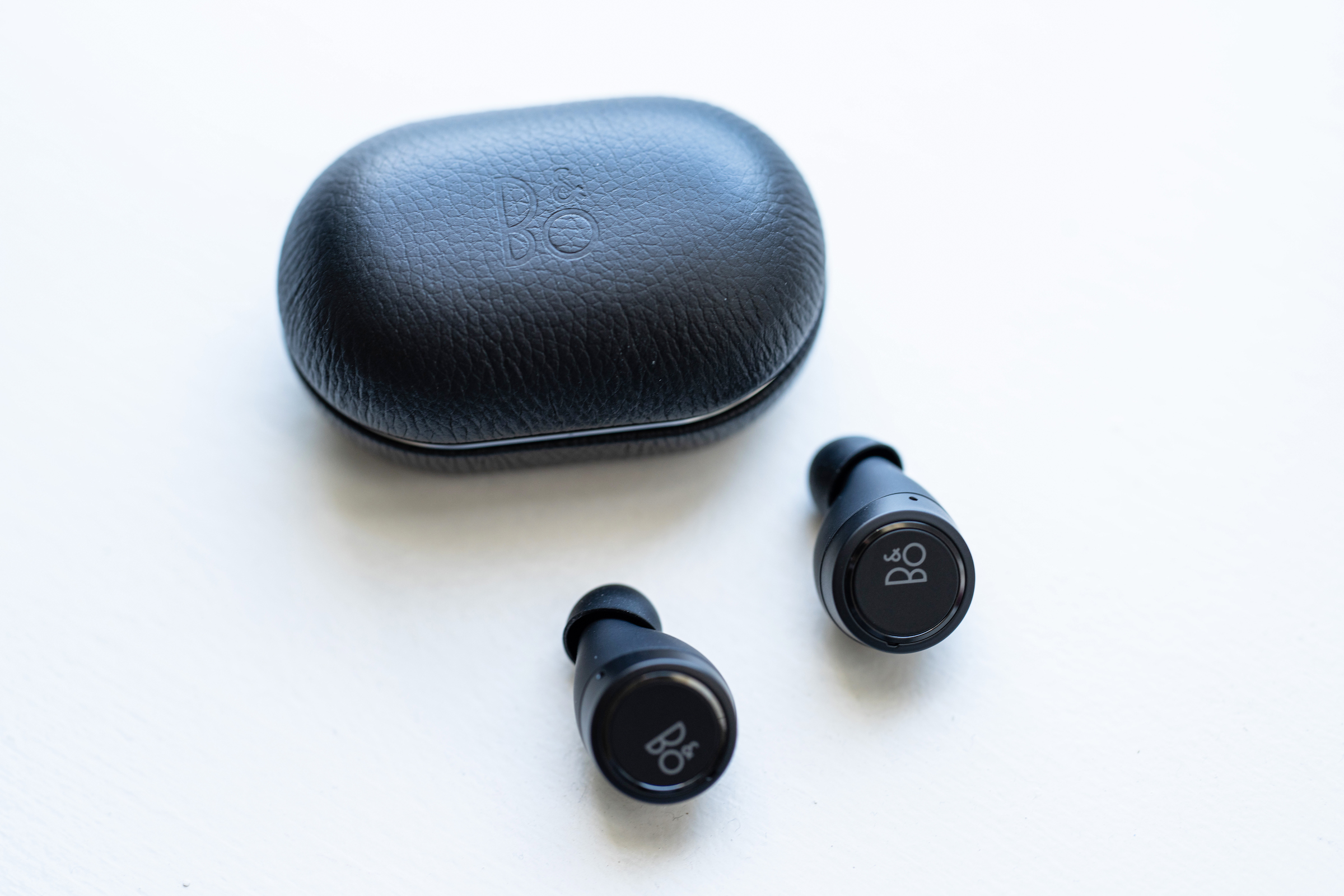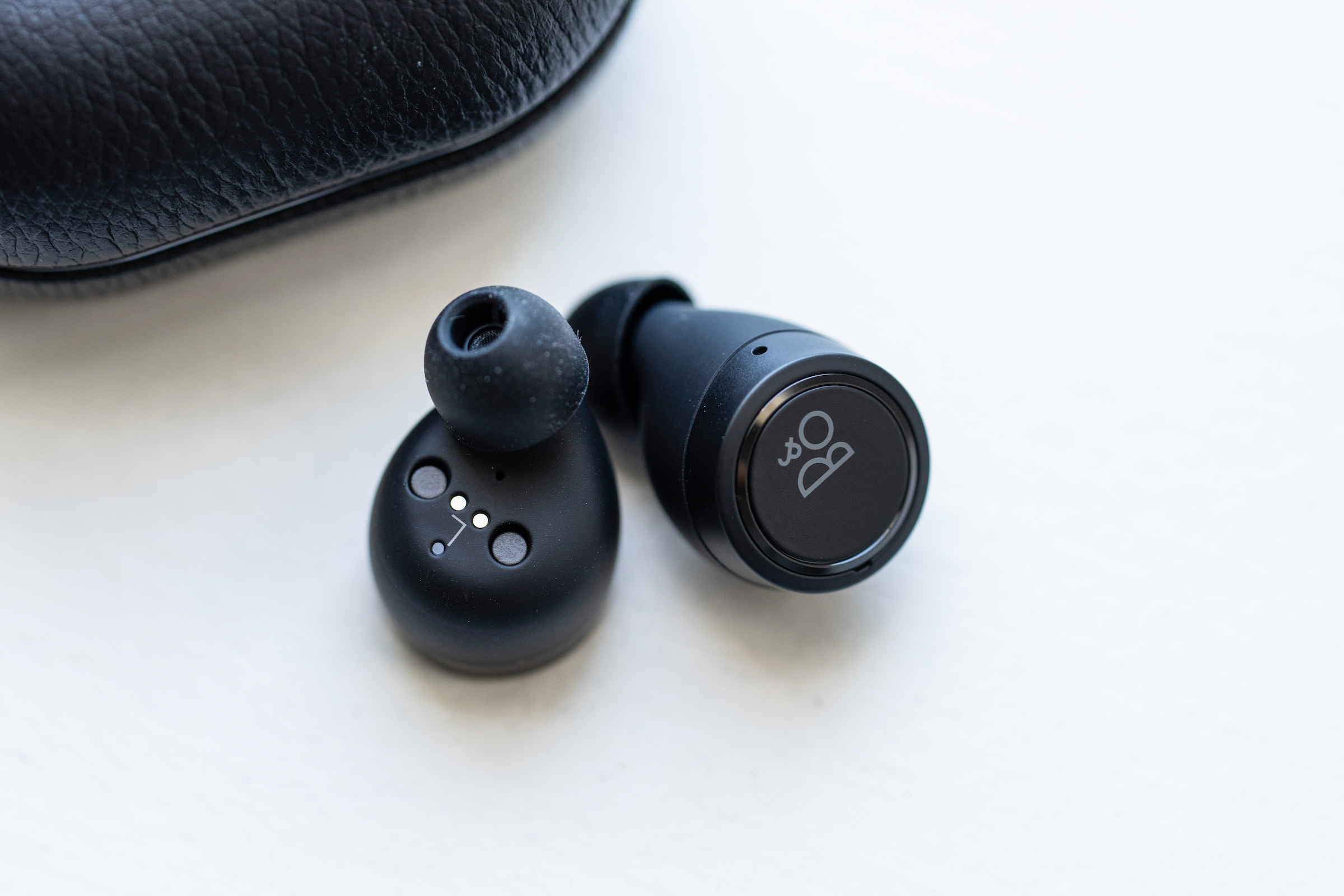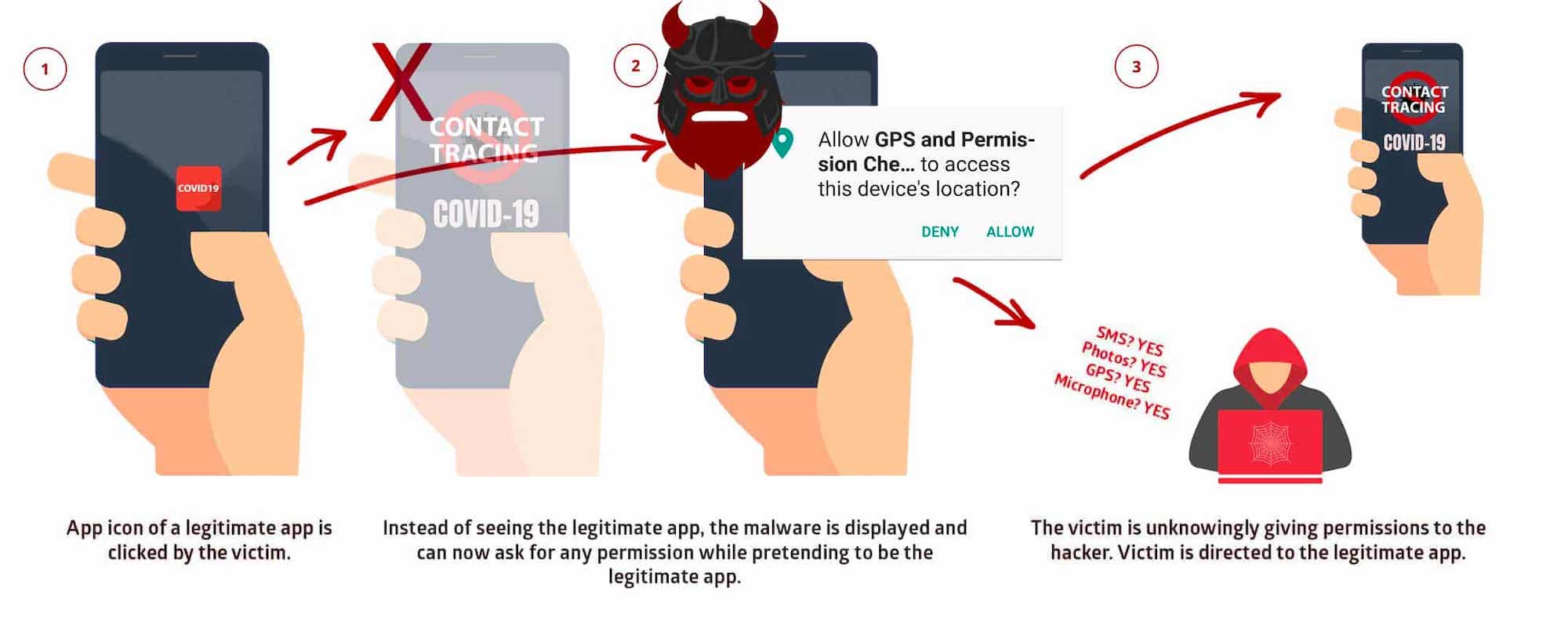Welcome back to This Week in Apps, the Extra Crunch series that recaps the latest OS news, the applications they support and the money that flows through it all.
The app industry is as hot as ever, with a record 204 billion downloads and $120 billion in consumer spending in 2019. People are now spending three hours and 40 minutes per day using apps, rivaling TV. Apps aren’t just a way to pass idle hours — they’re a big business. In 2019, mobile-first companies had a combined $544 billion valuation, 6.5x higher than those without a mobile focus.
In this Extra Crunch series, we help you keep up with the latest news from the world of apps, delivered on a weekly basis.
This week we’re continuing to look at how the coronavirus outbreak is impacting the world of mobile applications, with fresh data from App Annie about trends playing out across app categories benefiting from the pandemic, lockdowns and societal changes. We’re also keeping up with the COVID-19 contact-tracing apps making headlines, and delving into the week’s other news.
We saw a few notable new apps launch this week, including HBO’s new streaming service HBO Max, plus three new app experiments from Facebook’s R&D group. Android Studio 4.0 also launched this week. Instagram is getting better AR tools and IGTV is getting ads. TikTok got spammed in India.
Meanwhile, what is going on with app review? A shady app rises to the top of the iPhone App Store. Google cracks down on conspiracy theory-spreading apps. And a TikTok clone uses a pyramid scheme-powered invite system to rise up the charts.
COVID-19 contact-tracing apps in the news
- Latvia: Reuters this week reported that Latvia aims to become one of the first countries to launch a smartphone app, Stop Covid, using the new toolkit created by Apple and Alphabet’s Google to help trace coronavirus infections.
- Australia: The role of the country’s Covidsafe app in the recovery appears to be marginal, The Guardian reports. In the month since its launch, only one person has been reported to have been identified using data from it. A survey even found that Australians were more supportive of using telecommunications metadata to track close contacts (79%) than they were of downloading an app (69.8%). In a second survey, their support for the app dropped to 64%. The app has been maligned by the public debate over it and technical issues.
- France: The country’s data protection watchdog, CNIL, reviewed its contact-tracing app StopCovid, finding there were no major issues with the technical implementation and legal framework around StopCovid, with some caveats. France isn’t using Google and Apple’s contact-tracing API, but instead uses a controversial centralized contact-tracing protocol called ROBERT. This relies on a central server to assign a permanent ID and generate ephemeral IDs attached to this permanent ID. CNIL says the app will eventually be open-sourced and it will create a bug bounty. On Wednesday, the app passed its first vote in favor of its release.
- Qatar: Serious security vulnerabilities in Qatar’s mandatory contact-tracing app were uncovered by Amnesty International. An investigation by Amnesty’s Security Lab discovered a critical weakness in the configuration of Qatar’s EHTERAZ contact-tracing app. Now fixed, the vulnerability would have allowed cyberattackers to access highly sensitive personal information, including the name, national ID, health status and location data of more than one million users.
- India: India’s contact-tracing app, Aarogya Setu, is going open-source, according to Ministry of Electronics and Information Technology Secretary Ajay Prakash Sawhney on Tuesday. The code is being published on GitHub. Nearly 98% of the app’s more than 114 million users are on Android. The government will also offer a cash bounty of $1,325 to security experts who find bugs or vulnerabilities.
- Switzerland: Several thousand people are now testing a pilot version of Switzerland’s contact-tracing app, SwissCovid. Like Lativia, the app is one of the first to use Apple and Google’s contact-tracing API. Employees at EPFL, ETH Zurich, the Army and select hospitals and government agencies will be the first to test the Swiss app before its public launch planned for mid-June.
- China: China’s health-tracking QR codes, embedded in popular WeChat and Alipay smartphone apps, are raising privacy concerns, Reuters reports. To walk around freely, people must have a green rating. They also now have to present their health QR codes to gain entry into restaurants, parks and other venues. These efforts have been met with little resistance. But the eastern city of Hangzhou has since proposed that users are given a color-coded health badge based on their medical records and lifestyle habits, including how much they exercised, their eating and drinking habits, whether they smoked and how much they slept the night before. This suggestion set off a storm of criticism on China’s Weibo, a Twitter-like platform.
from Android – TechCrunch https://ift.tt/2U9yNht
via IFTTT

 B&O have made some updates to the design, including getting rid of a irregular nub that stuck out somewhat from the otherwise circular sides of the original, and on the black version I tested, what was once an inner silver-colored metallic accent band on the face now has a shiny black finish. The overall effect is to make them even more understated and attractive.
B&O have made some updates to the design, including getting rid of a irregular nub that stuck out somewhat from the otherwise circular sides of the original, and on the black version I tested, what was once an inner silver-colored metallic accent band on the face now has a shiny black finish. The overall effect is to make them even more understated and attractive. In terms of sound isolation, the Beoplay E8 are also outstanding performers. They don’t have active noise cancellation, but their passive blocking is extremely good at keeping out ambient noise. So much so that it’s good B&O included a transparency feature (accessible by tapping the left earbud) to pipe in ambient sound, which is great for when you want to be more aware of your surroundings. Sound isolation and comfort both get even better when you make use of the included Comply memory foam eartips that ship with the Beoplay E8, which is an excellent bonus since generally speaking, Comply tips require an additional purchase for just about every other set of earbuds.
In terms of sound isolation, the Beoplay E8 are also outstanding performers. They don’t have active noise cancellation, but their passive blocking is extremely good at keeping out ambient noise. So much so that it’s good B&O included a transparency feature (accessible by tapping the left earbud) to pipe in ambient sound, which is great for when you want to be more aware of your surroundings. Sound isolation and comfort both get even better when you make use of the included Comply memory foam eartips that ship with the Beoplay E8, which is an excellent bonus since generally speaking, Comply tips require an additional purchase for just about every other set of earbuds.

